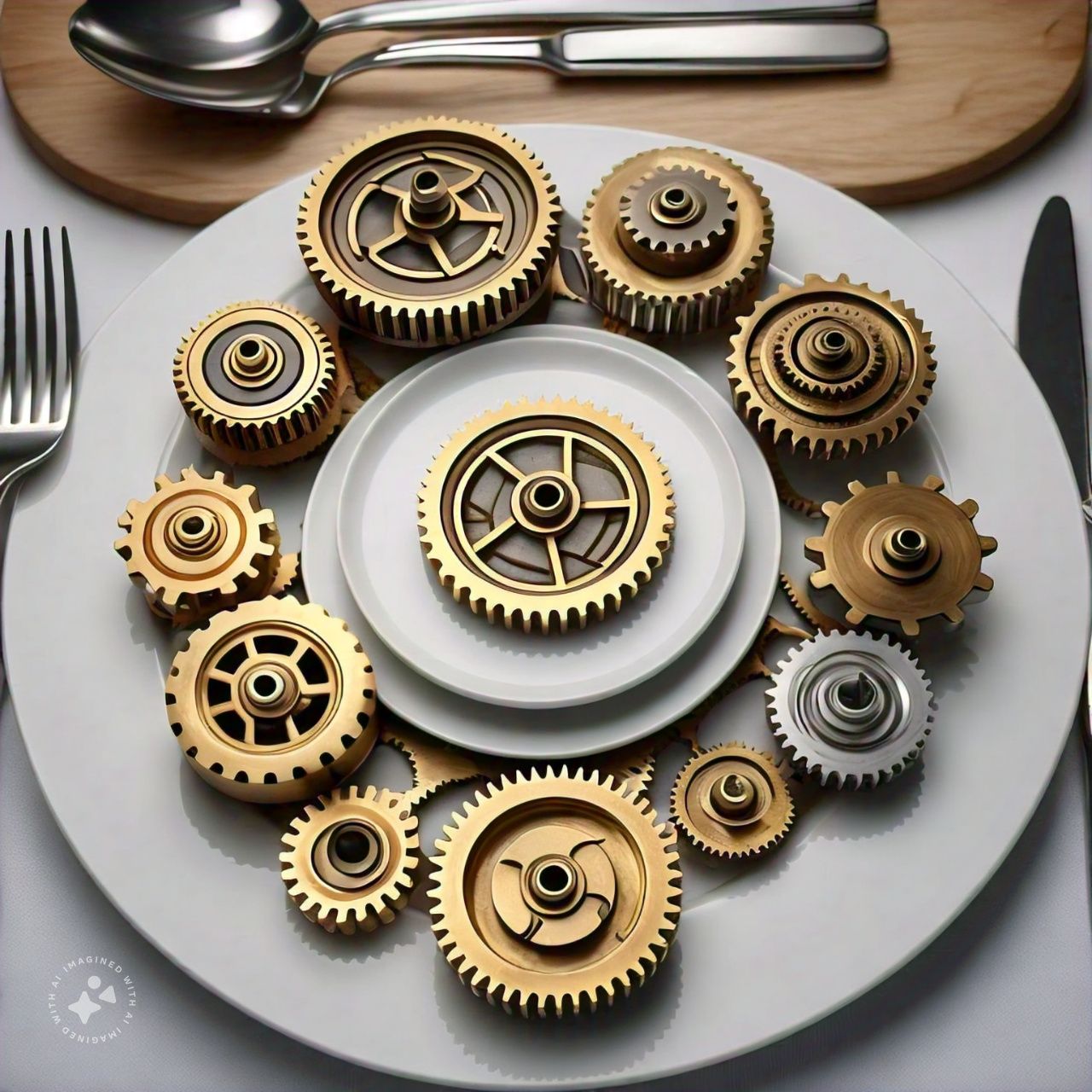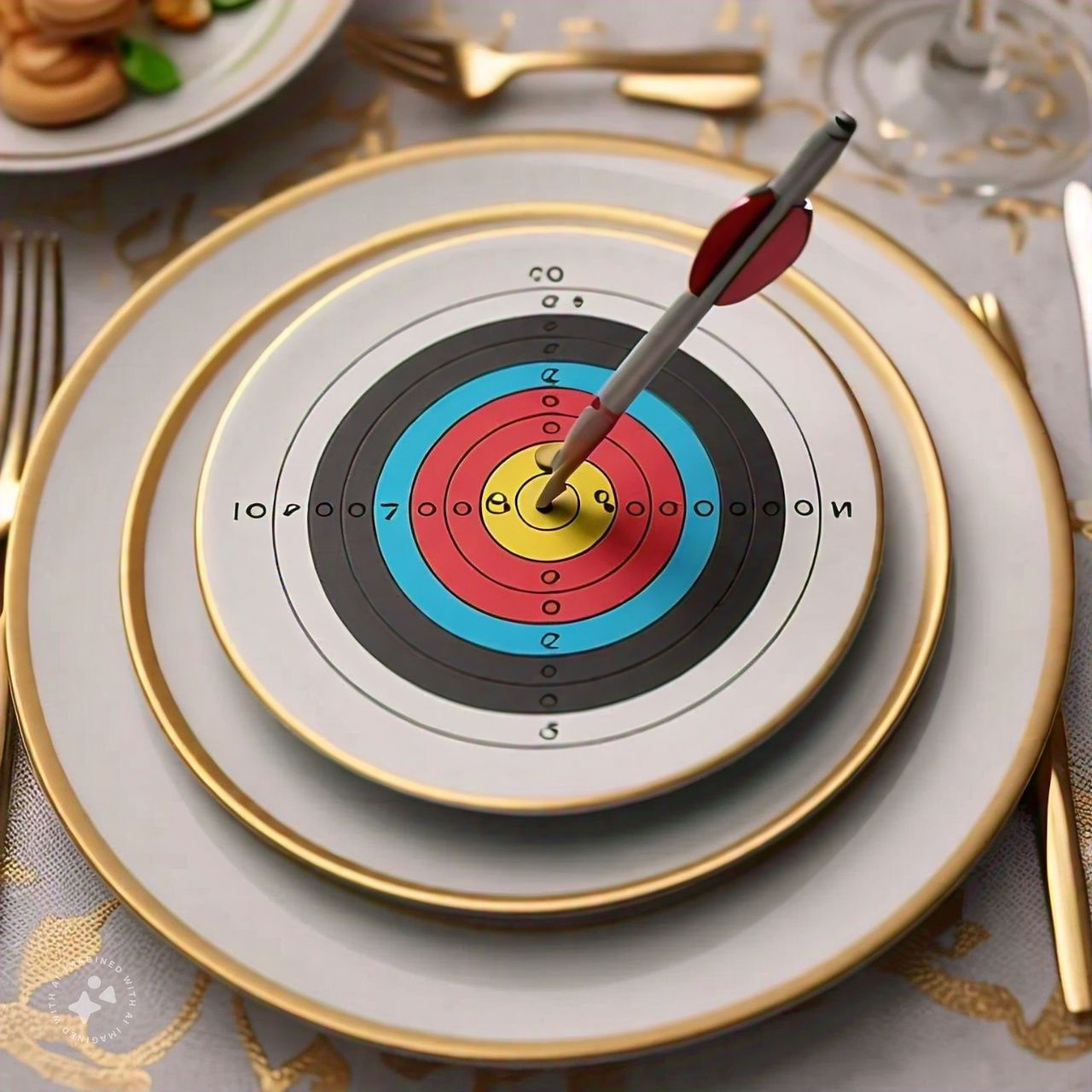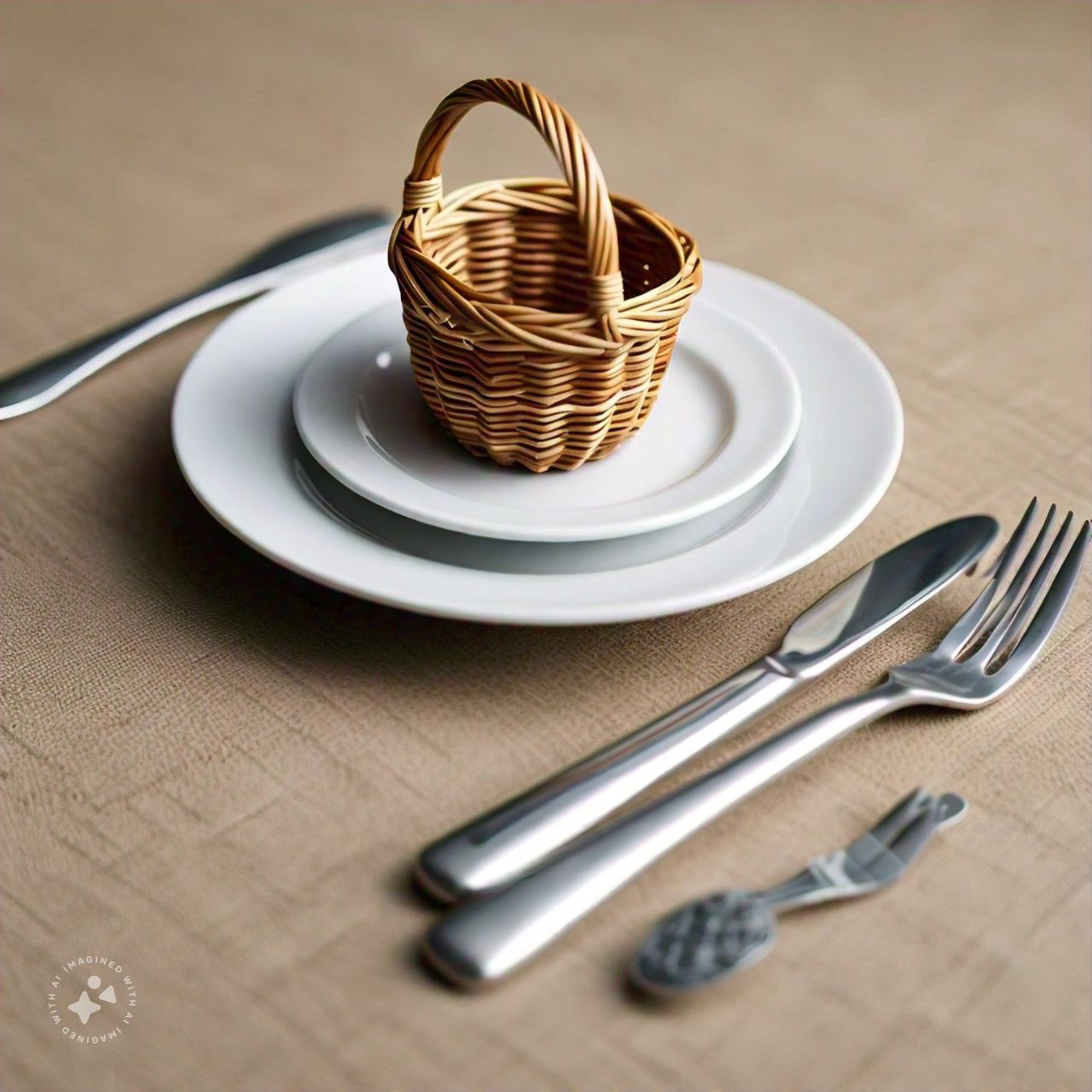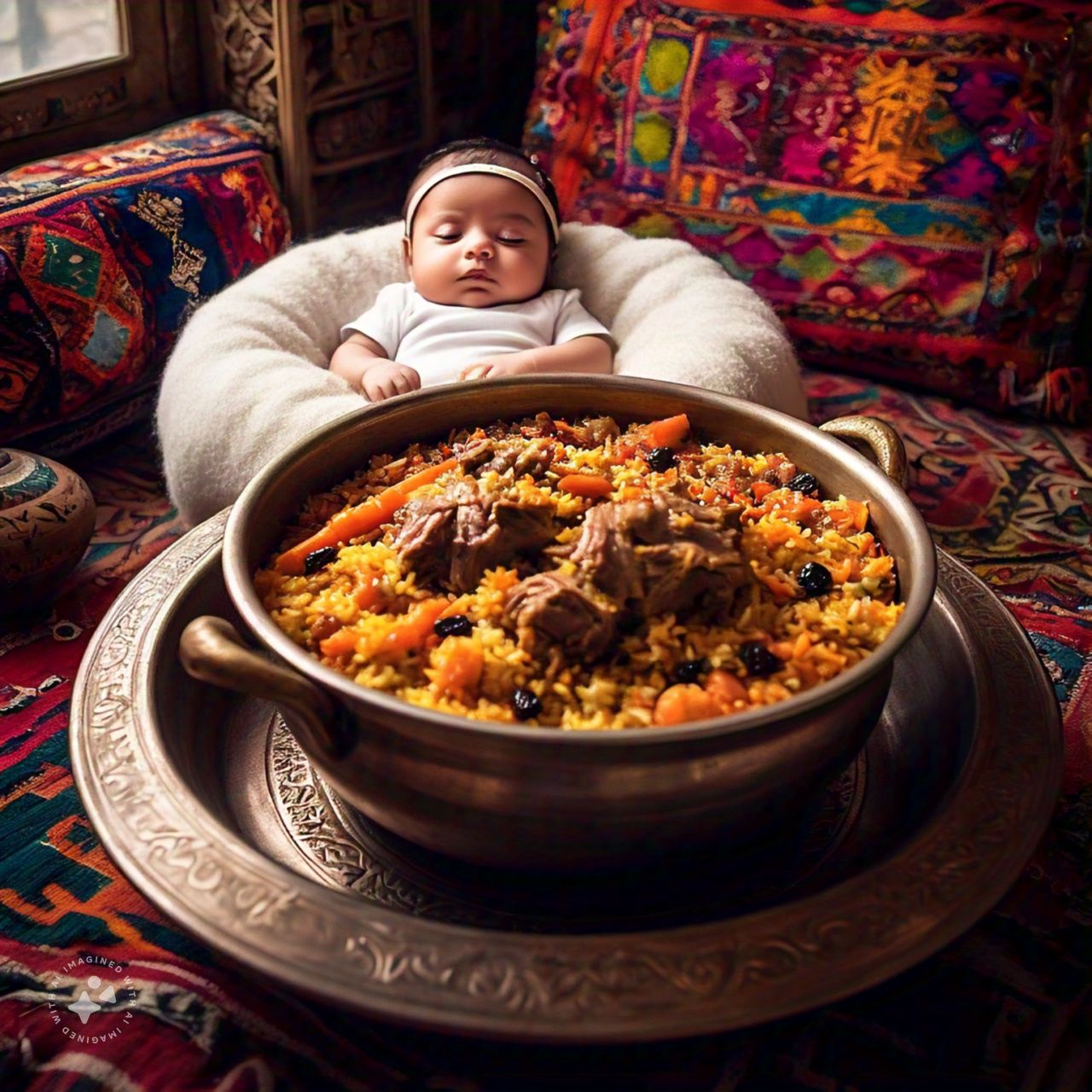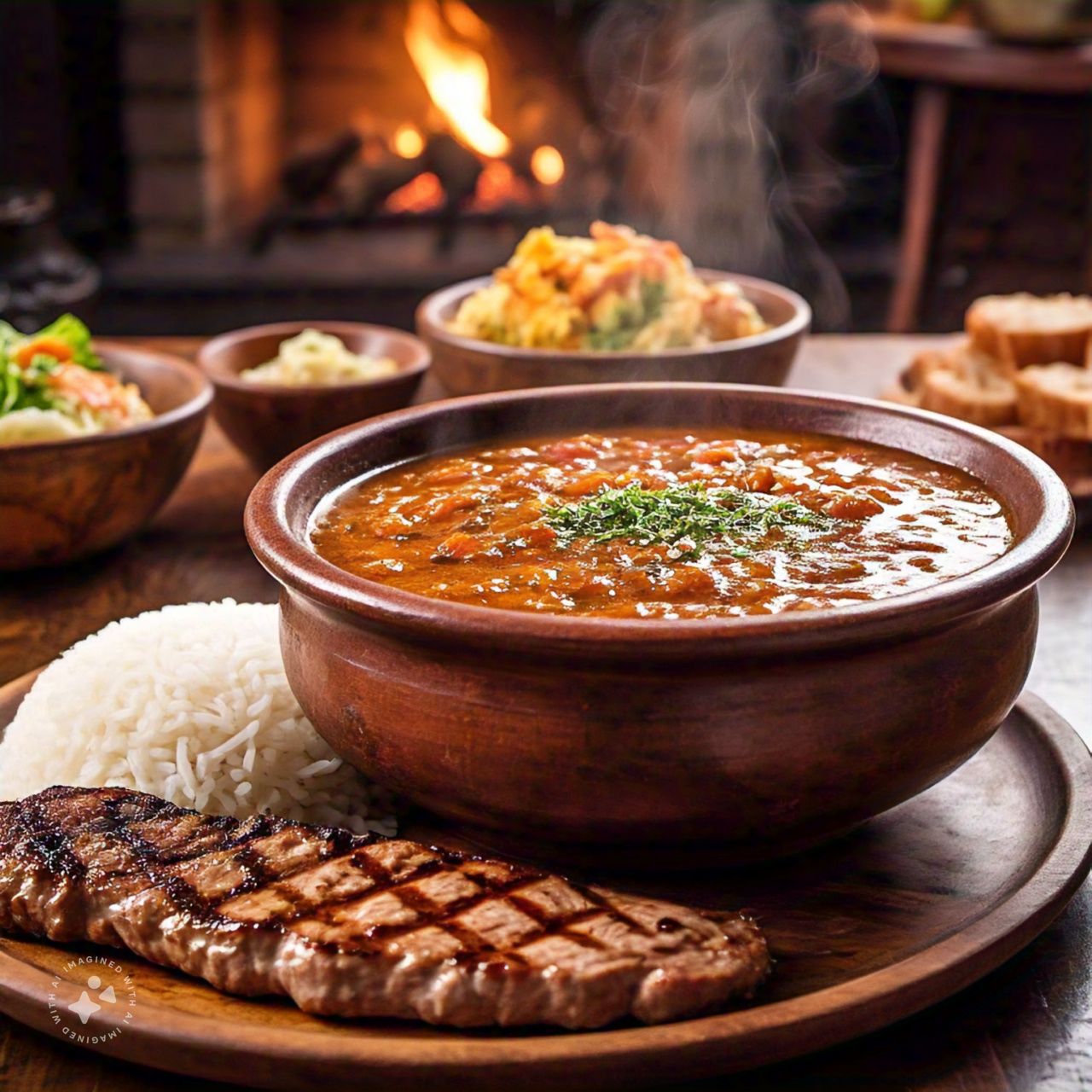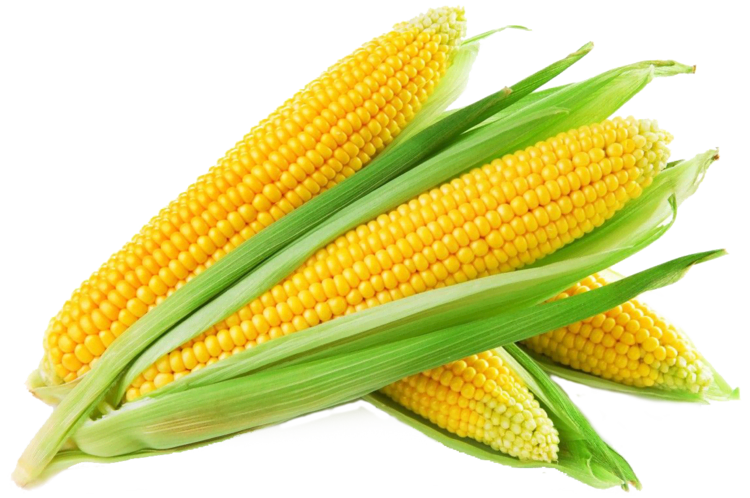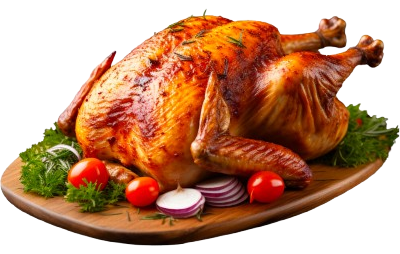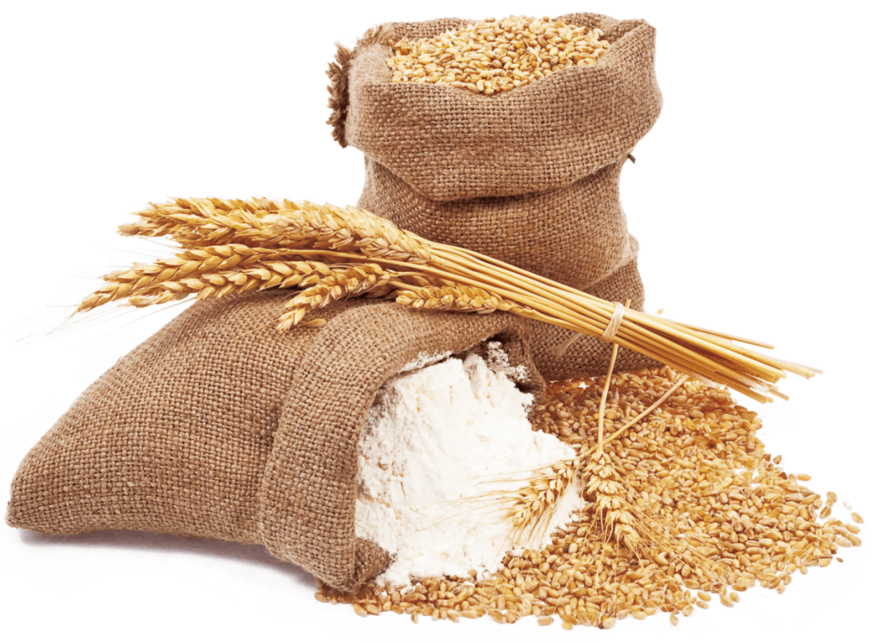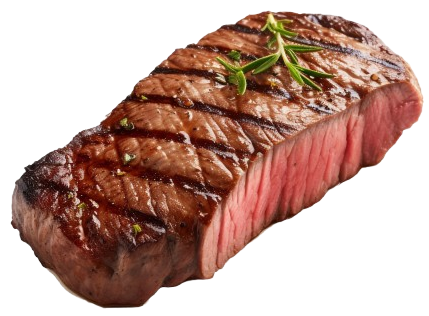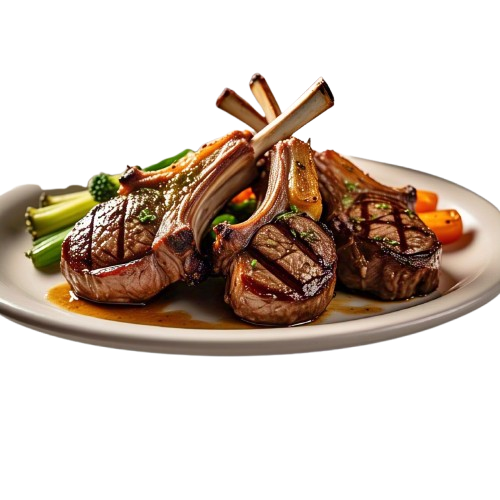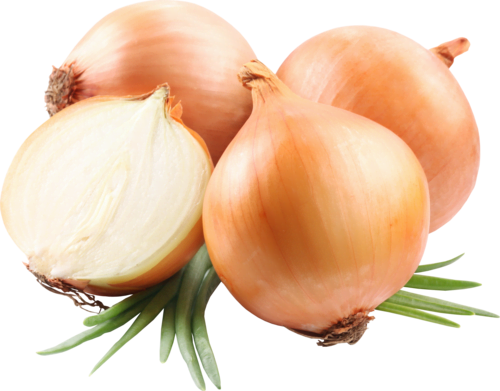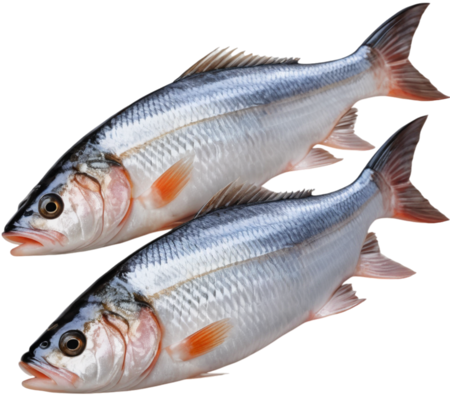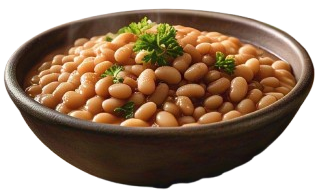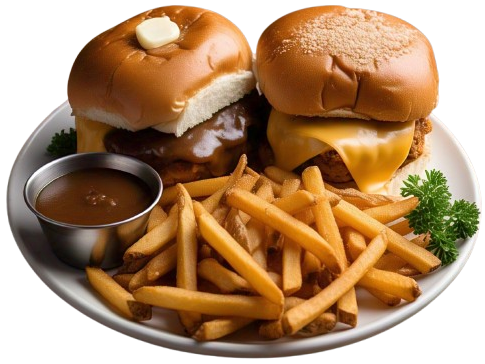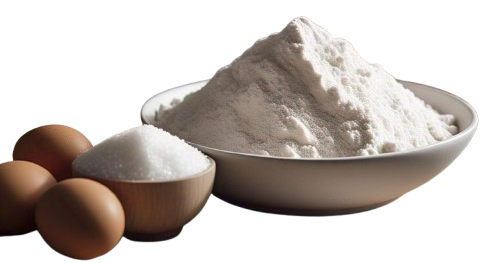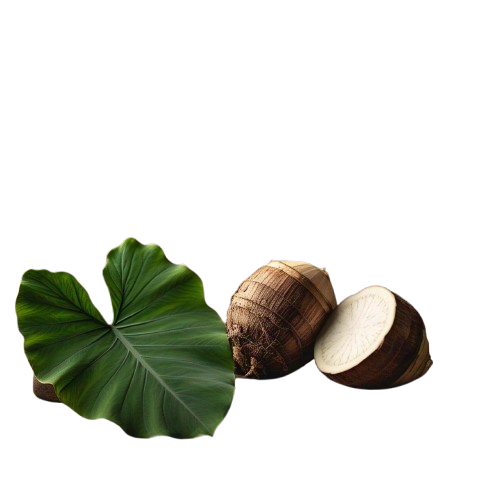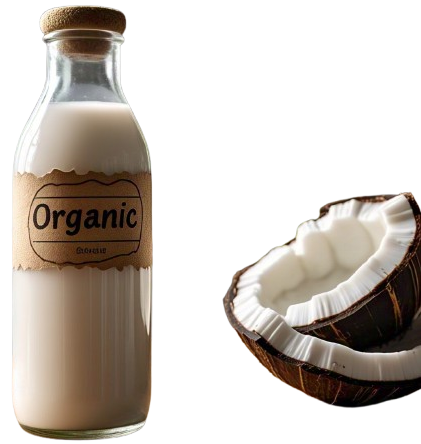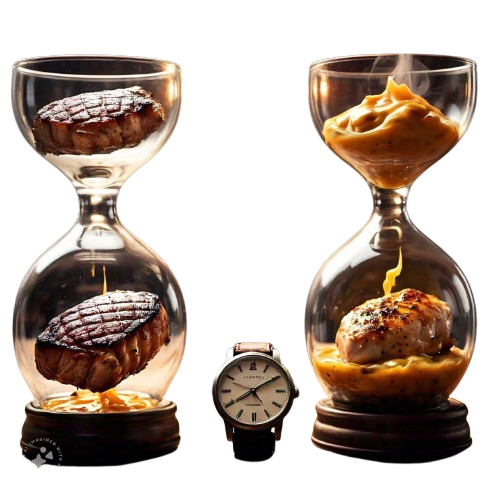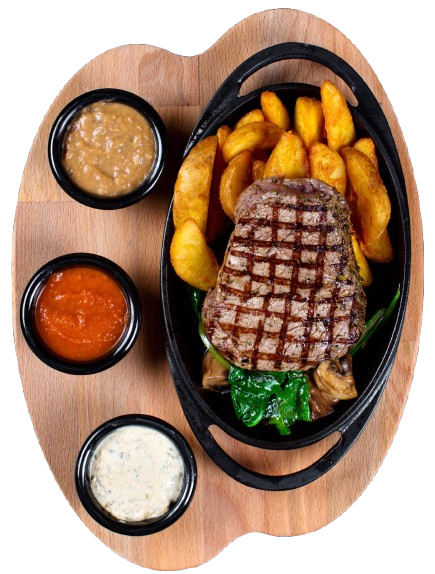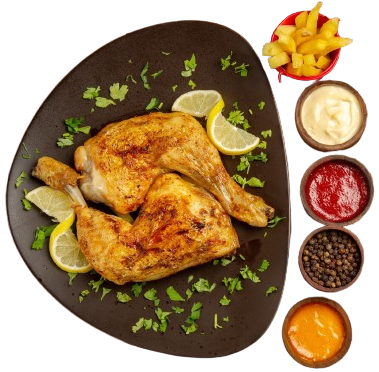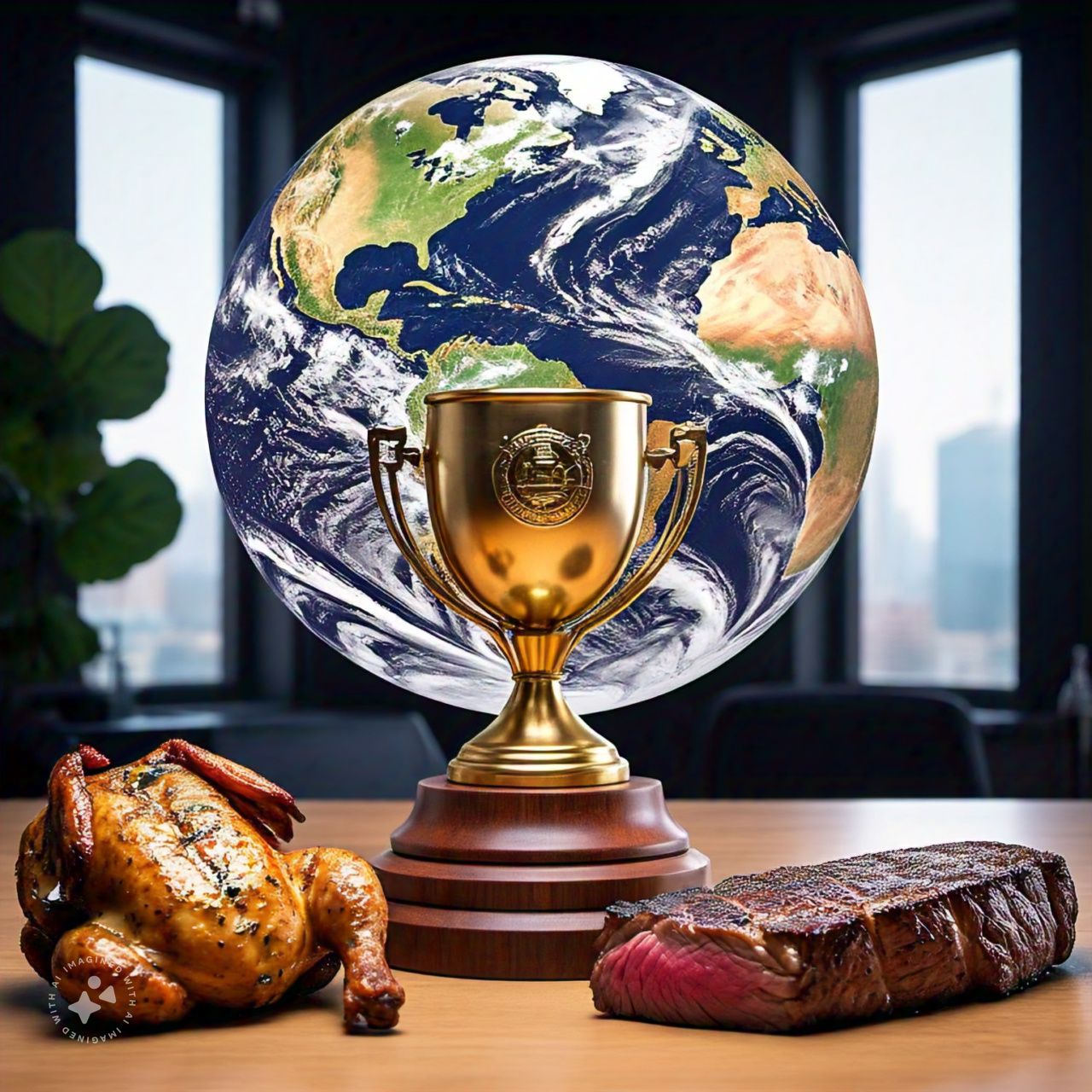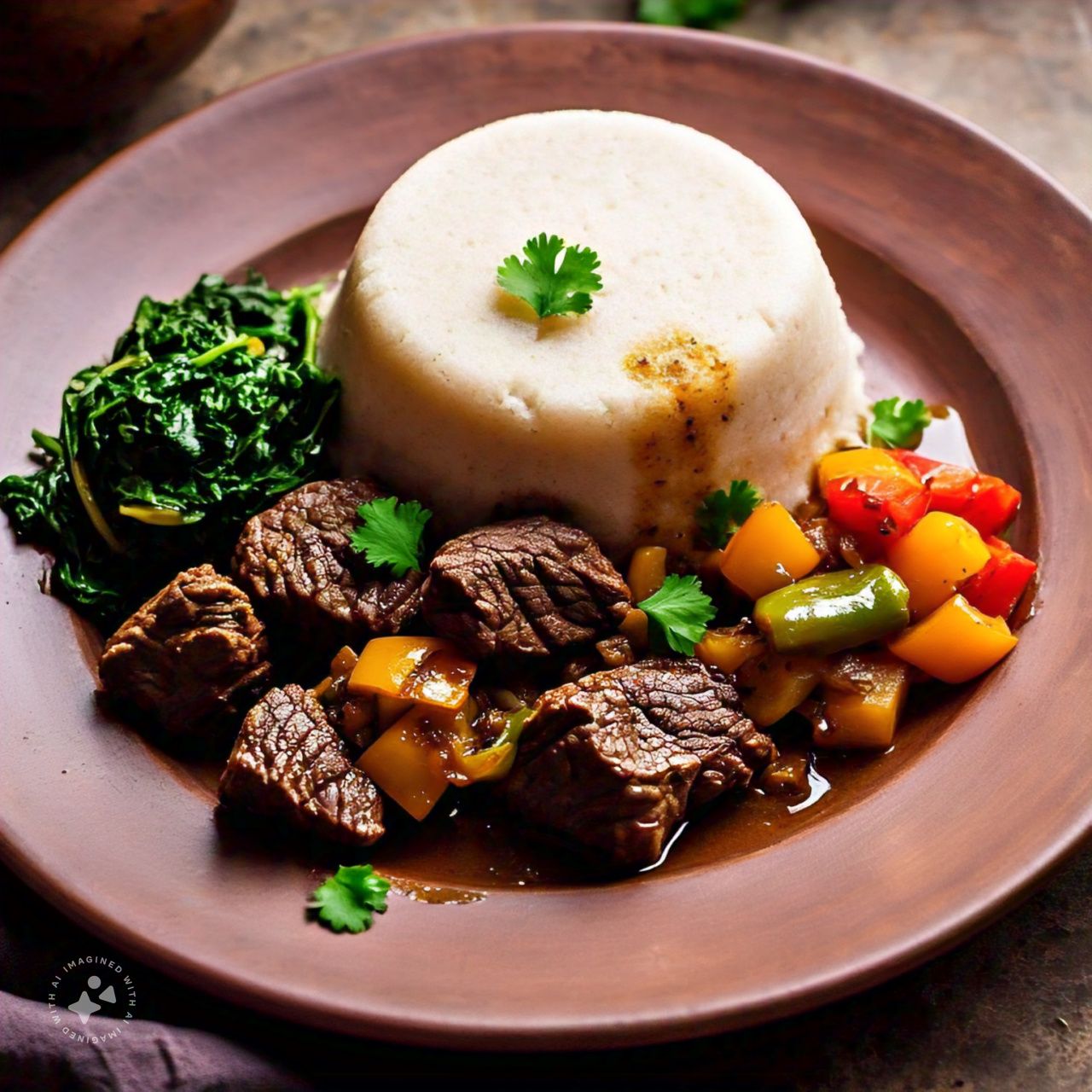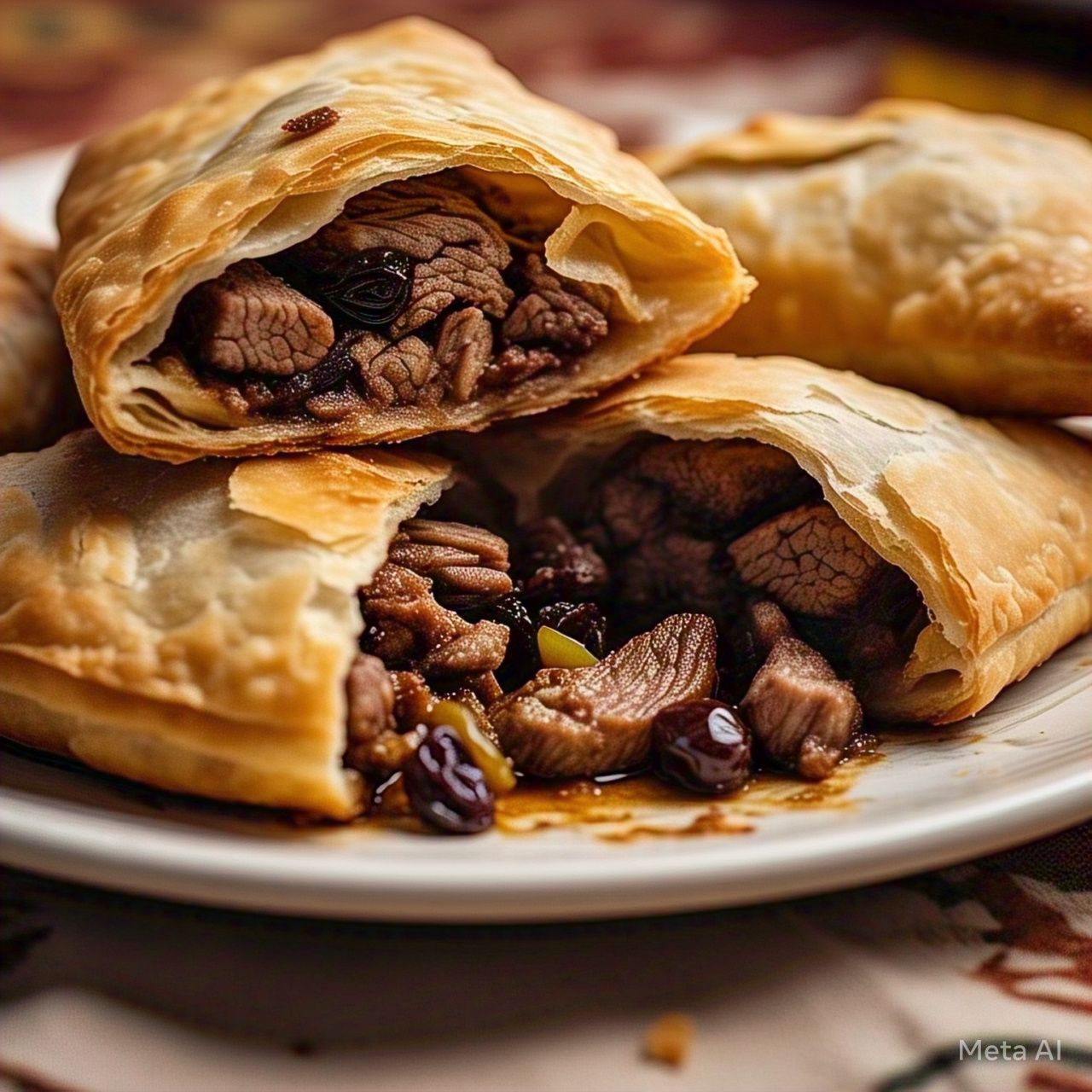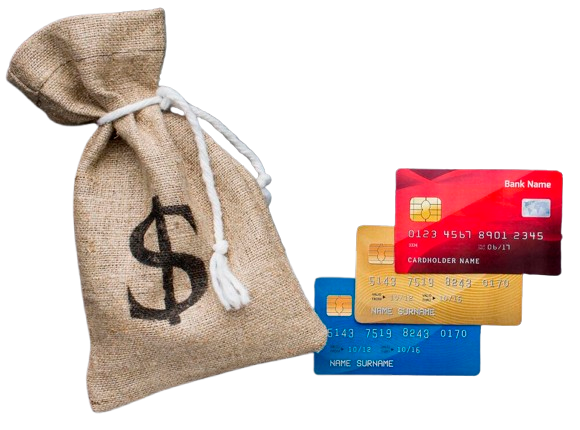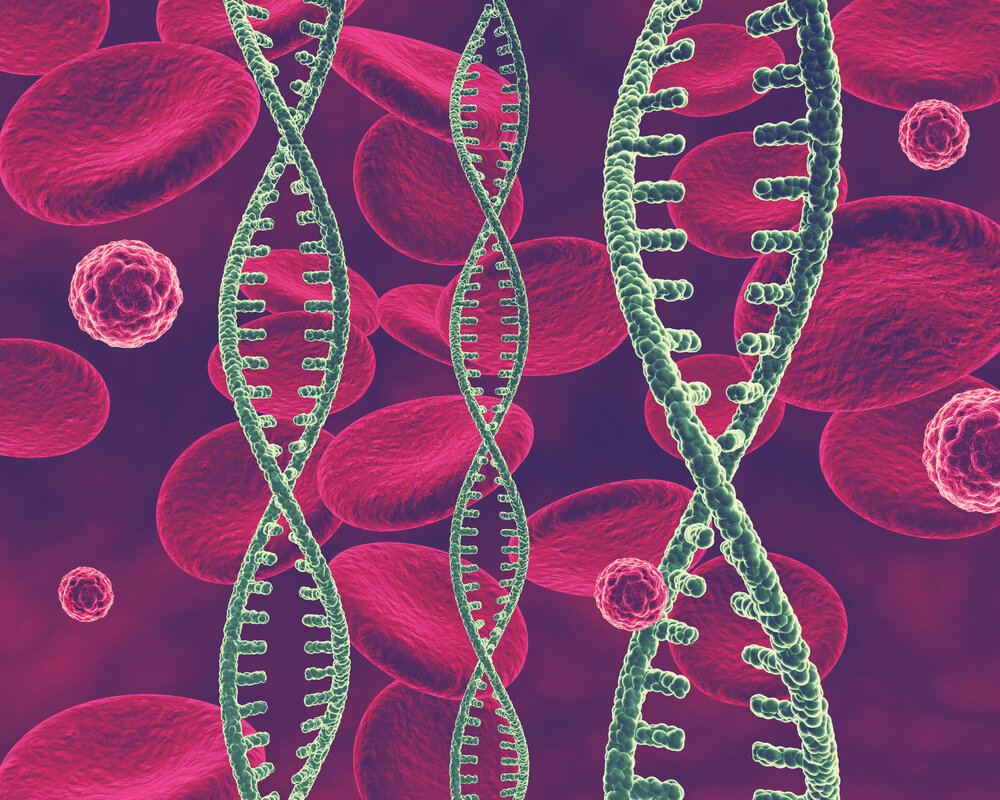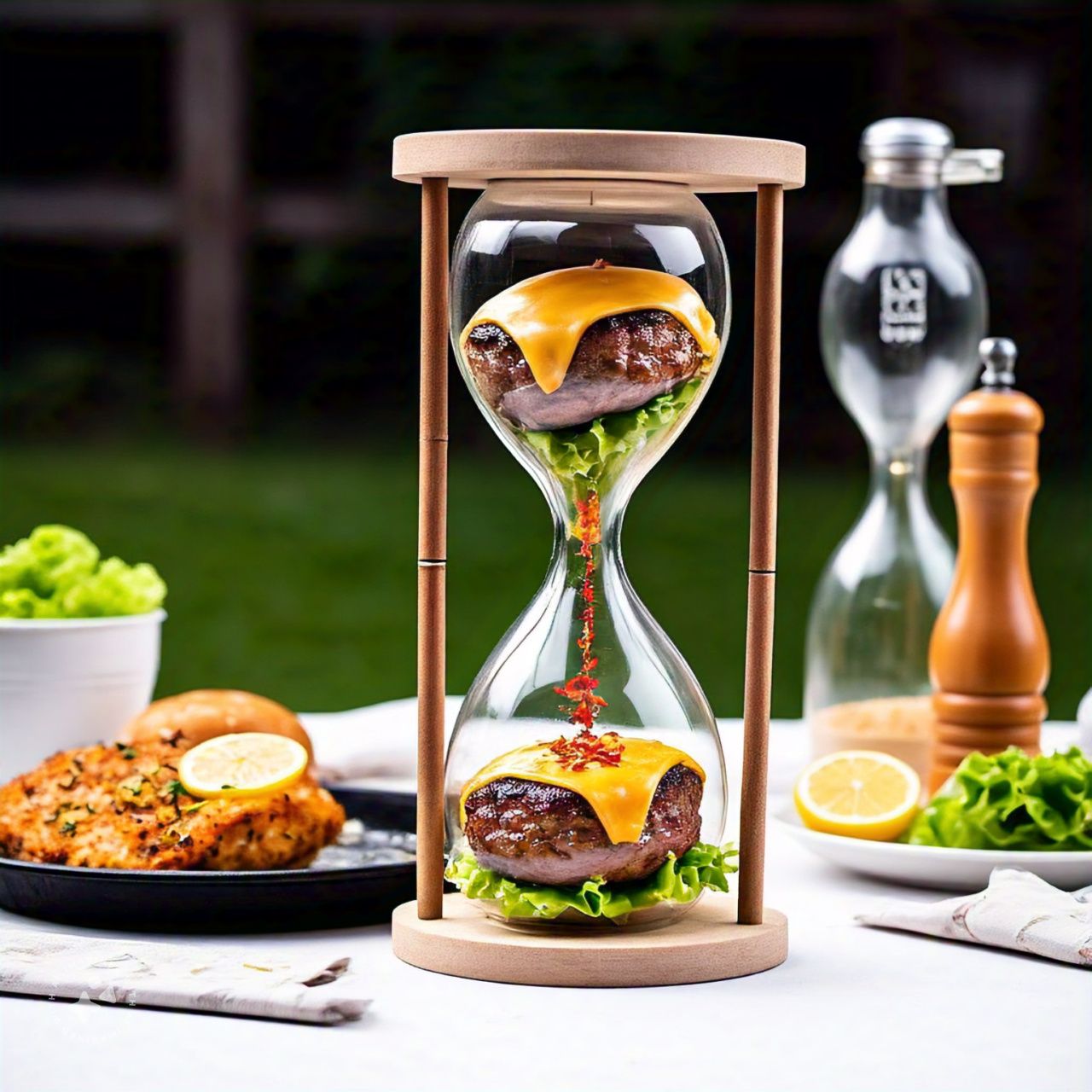National Dish Project
Embark on an exciting voyage through the Data analysis workflow with 200+ diverse national cuisines.
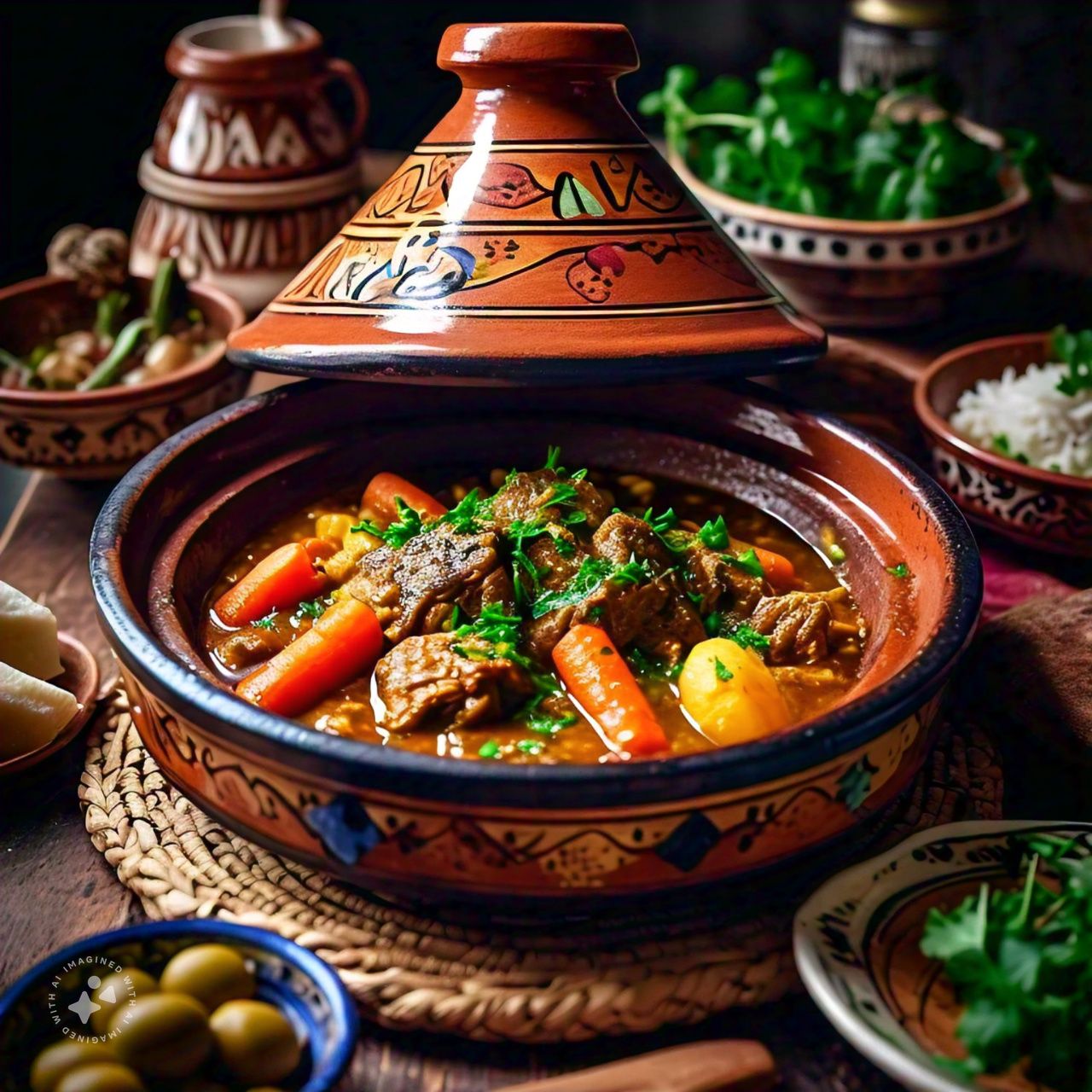
About The National Dish Project
The project aims to promote a better grasp of the data analysis workflow across a wide audience by utilizing a tailored dataset that includes 200+ classic dishes from different countries.



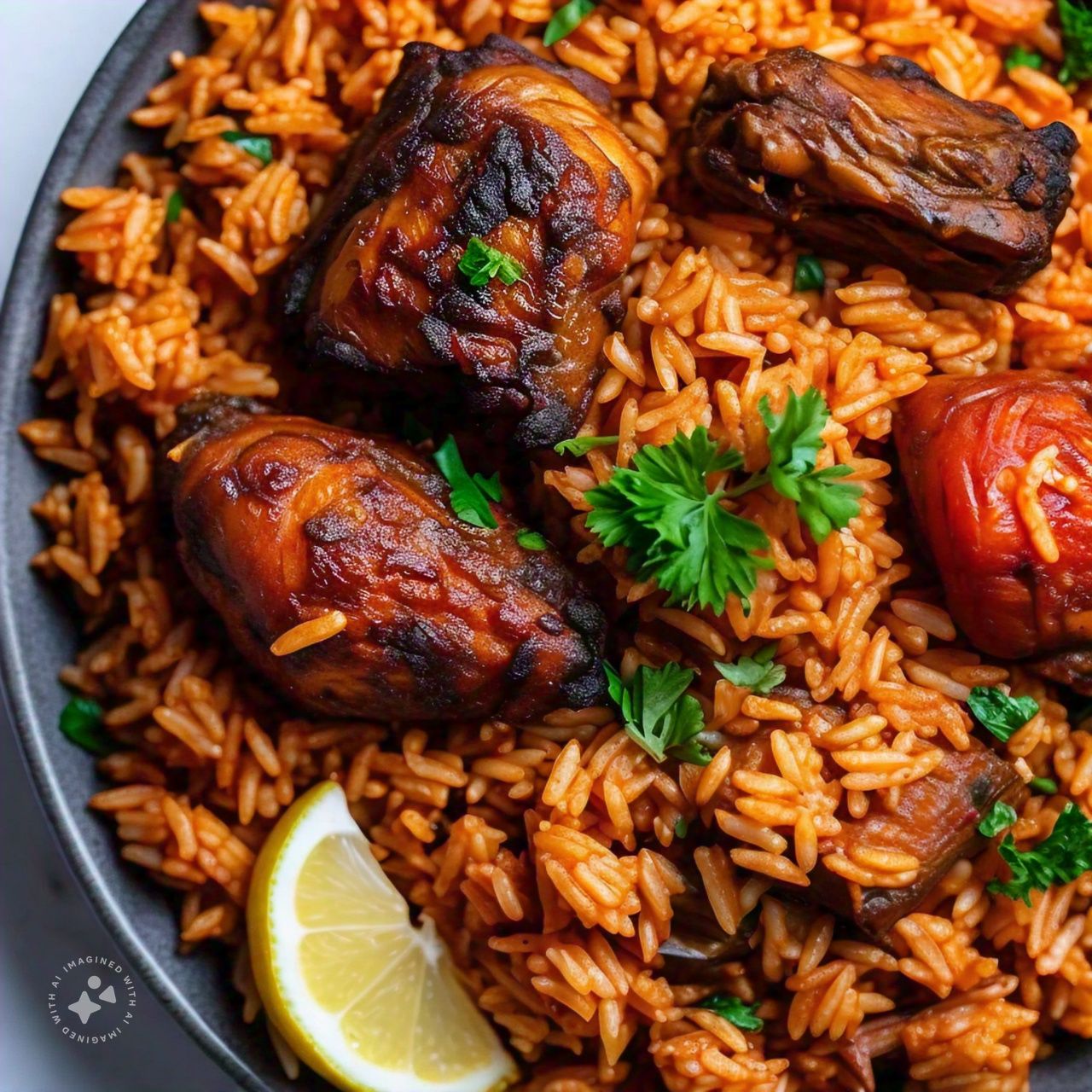
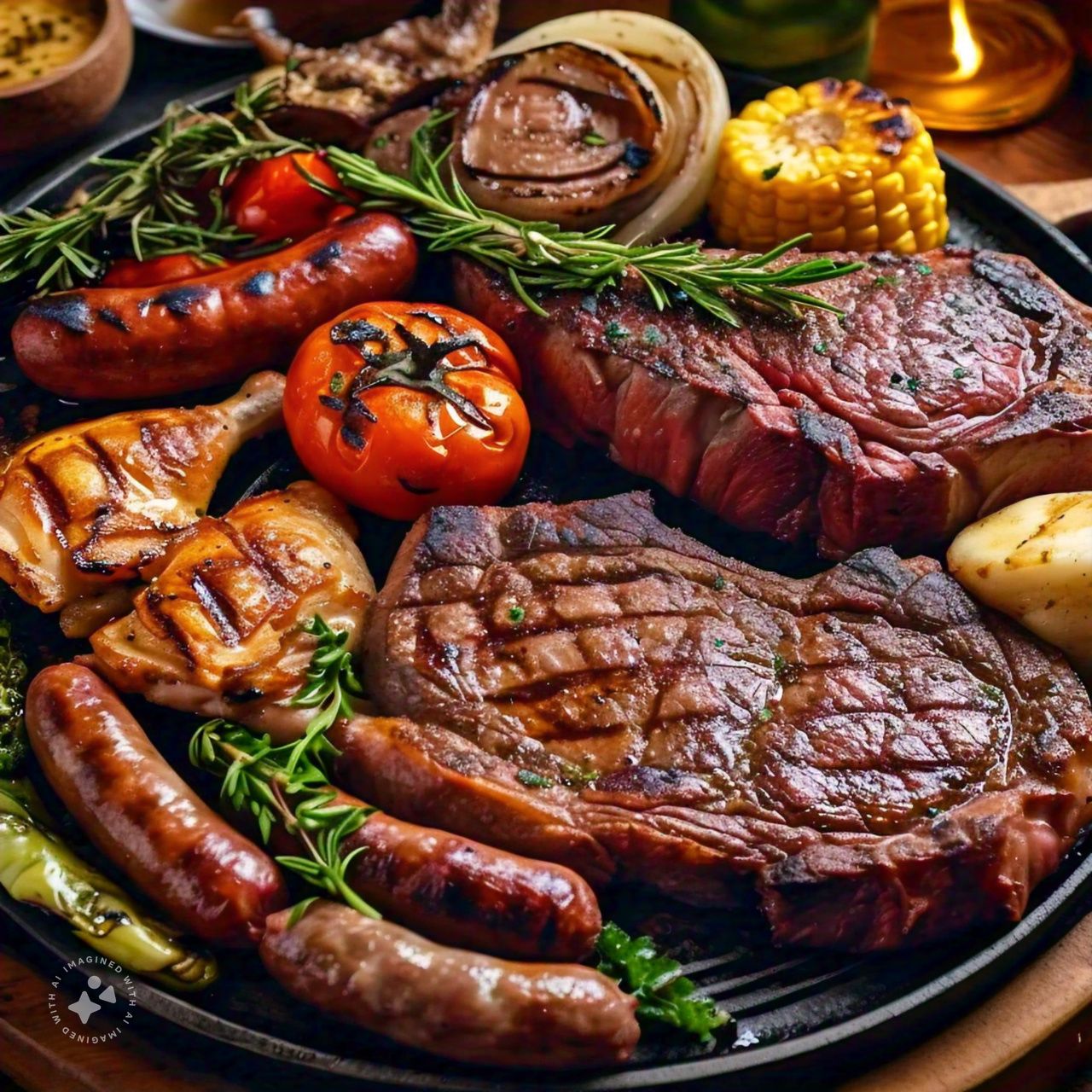
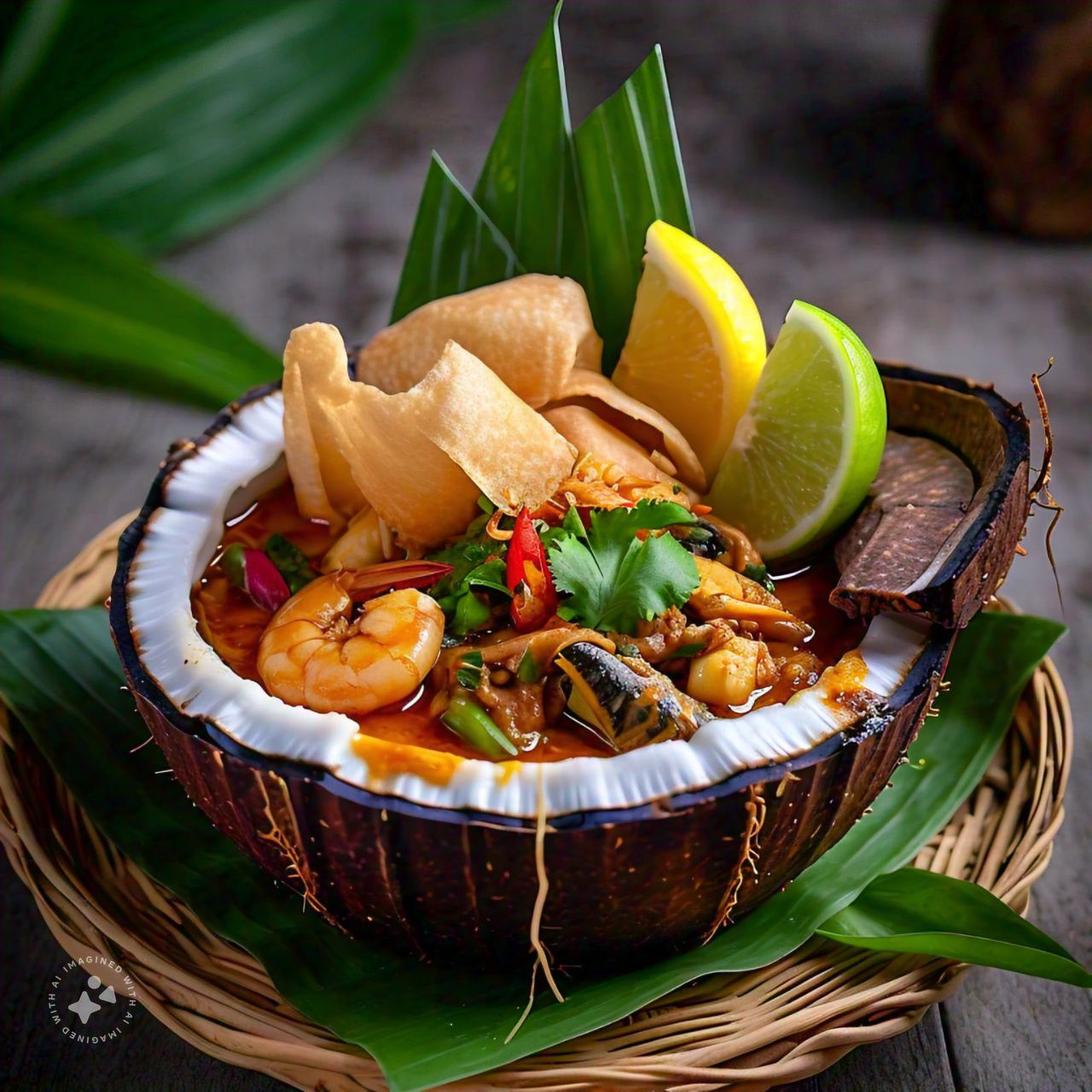
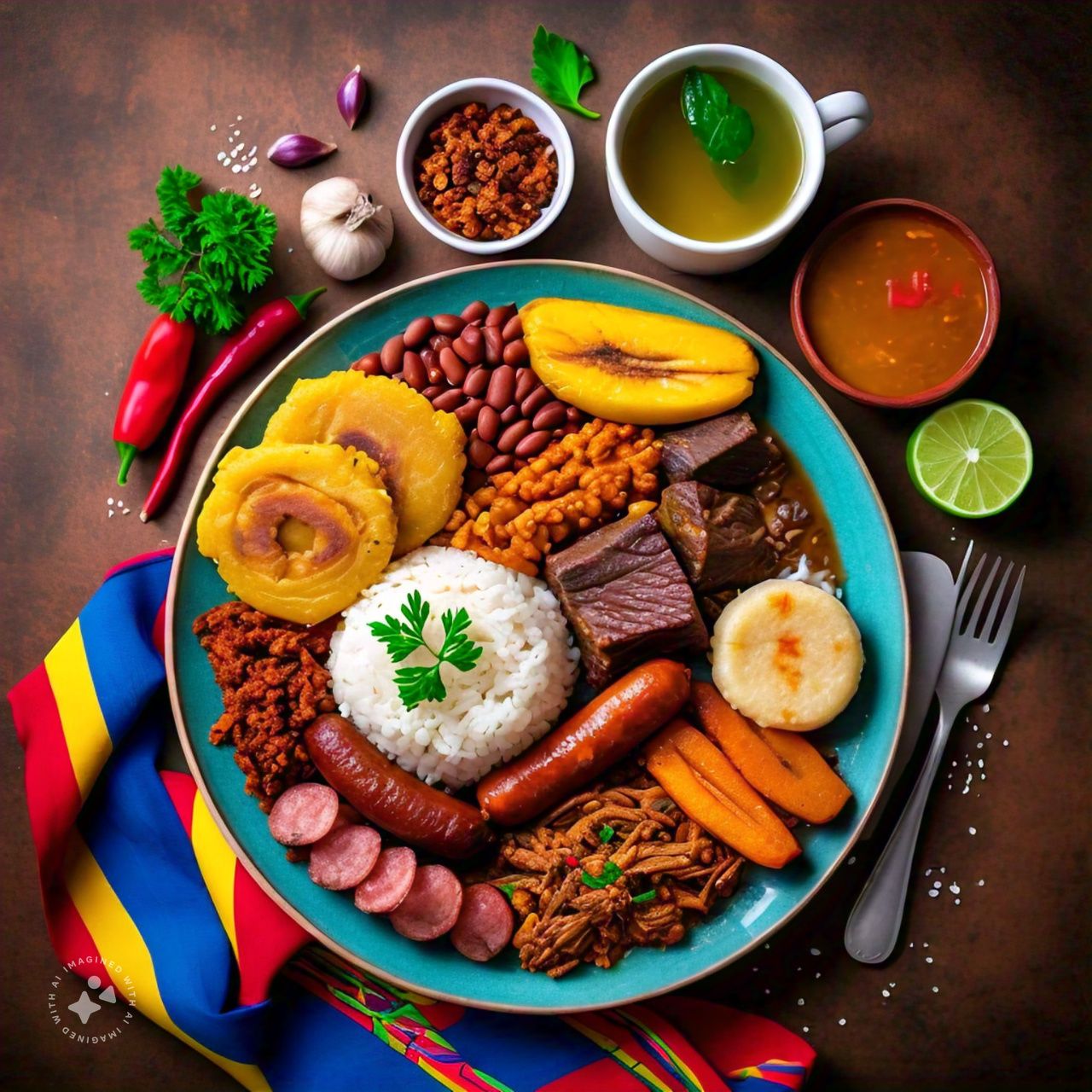
Click an image to learn more about the Dish!
Amok-Trey
Amok Trey (អាម៉ុកត្រី) is a beloved Cambodian specialty that consists of fish cooked in a creamy coconut milk sauce, infused with spices and herbs, and typically wrapped in banana leaves for serving. The word "Amok" highlights the steaming process, and "Trey" simply means fish.
Ema Datshi
Ema Datshi (ཨེ་མ་དར་ཚིལ་) is a popular dish in Bhutan, made with fiery chili peppers (ema) and flavorful cheese (datshi). This dish is a staple in Bhutanese households and is frequently served with rice or noodles. Known for its spicy and savory taste, Ema Datshi is an essential part of Bhutanese culture and culinary tradition.
Wiener Schnitzel
Wiener Schnitzel is an iconic dish from Austria, made with a thinly sliced veal cutlet that is breaded and fried until it’s perfectly golden. It’s typically garnished with a lemon wedge and served alongside potatoes, salad, or cucumber. The name "Wiener" highlights its roots in Vienna, where it was first created. Interestingly, the Austrian government has set a rule that only veal can be used for it to be considered the real deal!
Jollof Rice
Jollof rice is a popular dish in West Africa, and the question of which country it belongs to is a topic of friendly debate! It's often celebrated as the national dish of several nations, such as Ghana, Senegal, Gambia, Sierra Leone, Liberia, and Nigeria. Each country has its distinct variation, but the fun rivalry known as the "Jollof Wars" between Ghana and Nigeria stands out, with both sides claiming their version is superior! This scrumptious one-pot dish is crafted from rice, tomatoes, onions, peppers, spices, and occasionally meat or fish.
Asado
In South America, asado holds the title of national dish in several countries, notably Argentina, Uruguay, and Paraguay. This classic barbecue dish traces its origins back to the region's gauchos, or cowboys. Typically, it includes a selection of slow-cooked meats such as beef, pork, chorizo, and morcilla, grilled over an open flame and often enjoyed with chimichurri sauce, various sides, and wine.
Kokoda
Kokoda (also known as Raw Fish) is a traditional Fijian dish made from raw fish marinated in coconut milk, lime juice, onions, tomatoes, and chili peppers. The fish is typically cut into small pieces and mixed with the marinade, then served chilled or at room temperature.
La bandeja-paisa
Known as the "Paisa Platter," La Bandeja Paisa is a traditional dish that originates from the Andean region of Colombia, particularly in Medellín and Pereira. This hearty meal is usually composed of rice, beans, ground beef, Colombian chorizo, a fried egg, plantain, avocado, arepa (cornmeal flatbread), and chicharrón (fried pork rinds). It showcases the vibrant culinary culture of Colombia and is commonly enjoyed in homes and eateries across the country.
Project Goals
-
Ensure that 90% of the project's audience easily understands two-thirds of the workflow.
-
Leave the audience curious and inspired to explore the stories, ingredients, and cultural significance behind national dishes.
-
Harness data to fuel debates on the age-old dispute regarding the life-span of white meat versus red meat consumers.


National Dish Analysis Report


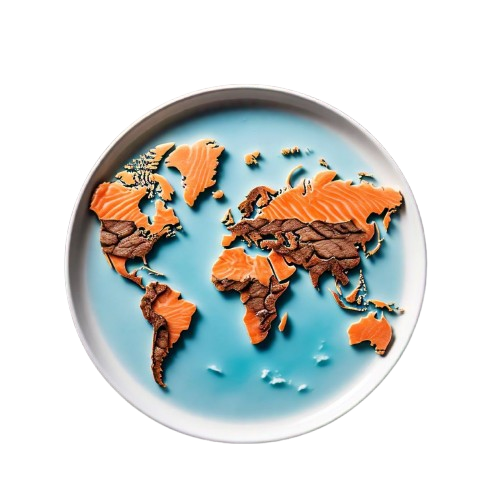
SQL QUERIES
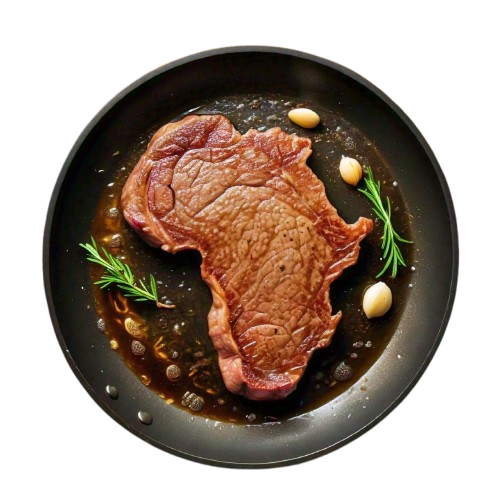
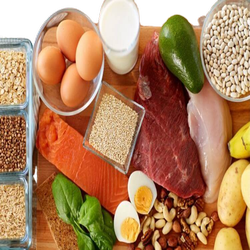

Data Collection

Web Scraping Using Excel

Web Scraping Using Excel
For data already structured in tables on the web such as the Country_region data, the following formula was used:
=IMPORTHTML("Website URL","table", table_number_on_webpage)

Web Scraping Using Python

Web Scraping Using Python

Nothing fancy

Nothing fancy
The retrieval of certain data relied on the tried-and-true method of 'Copy and Paste'. This was particularly true for the main ingredients of various national dishes, as their recipe variations demanded manual entry and human judgment.

Data Cleaning
Data Modelling
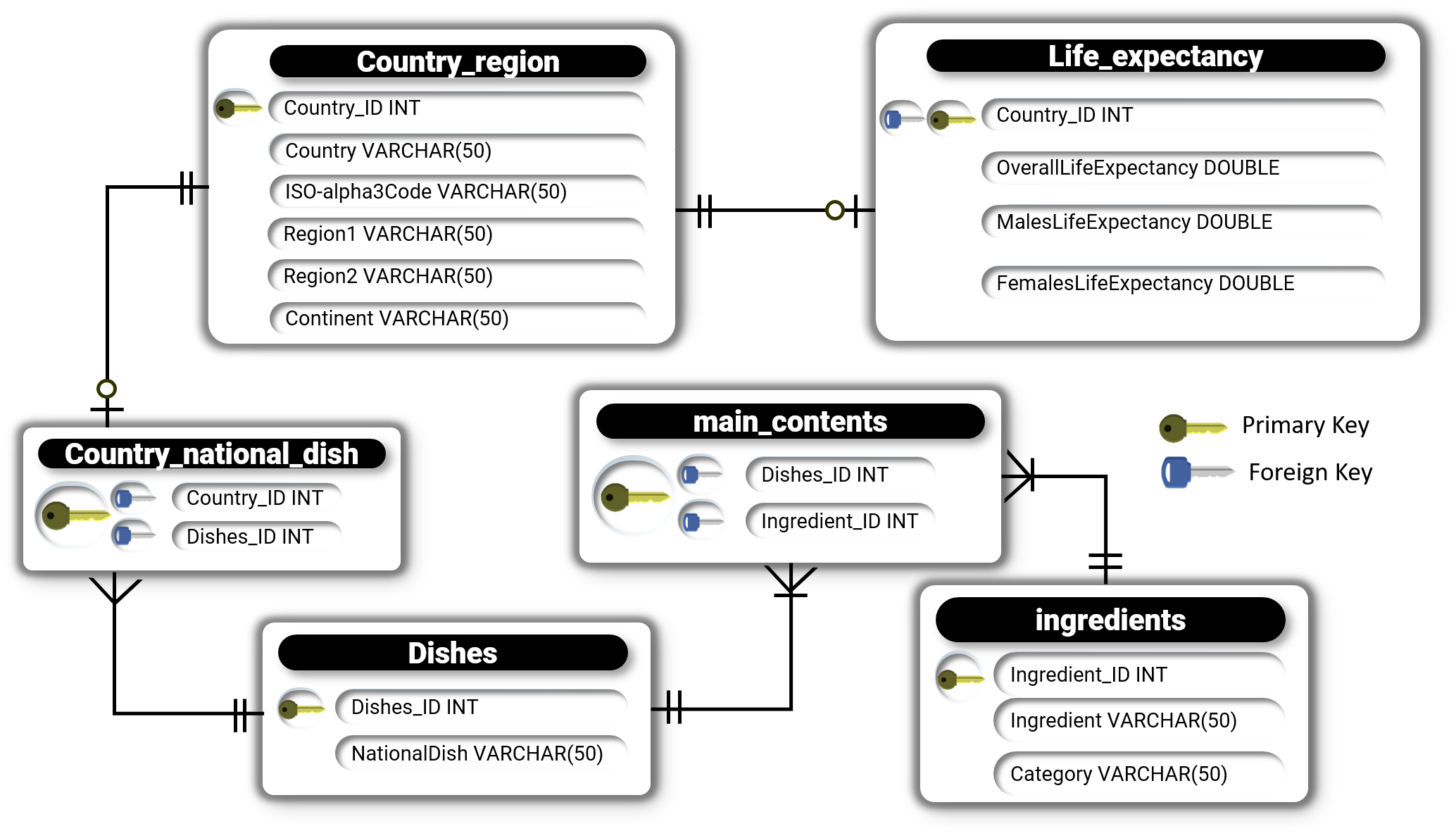

Relationship and Cardinality Explanation
Relationship and Cardinality Explanation
This model was designed to meet industry standards, making it easier to query and update.
Relationship 1: Country_region to Life_expectancy
1 : 0..1 - one-to-zero or one relationship

Countries listed in the Country_region table may have either one or no life expectancies assigned to them. On the other hand, each country in the Life_expectancy table is associated with exactly one region.

In the Life_expectancy table, the Country_ID column acts as both the primary key and a foreign key that links to the Country_region table.
Relationship 2: Country_region, country_national_dish, Dishes
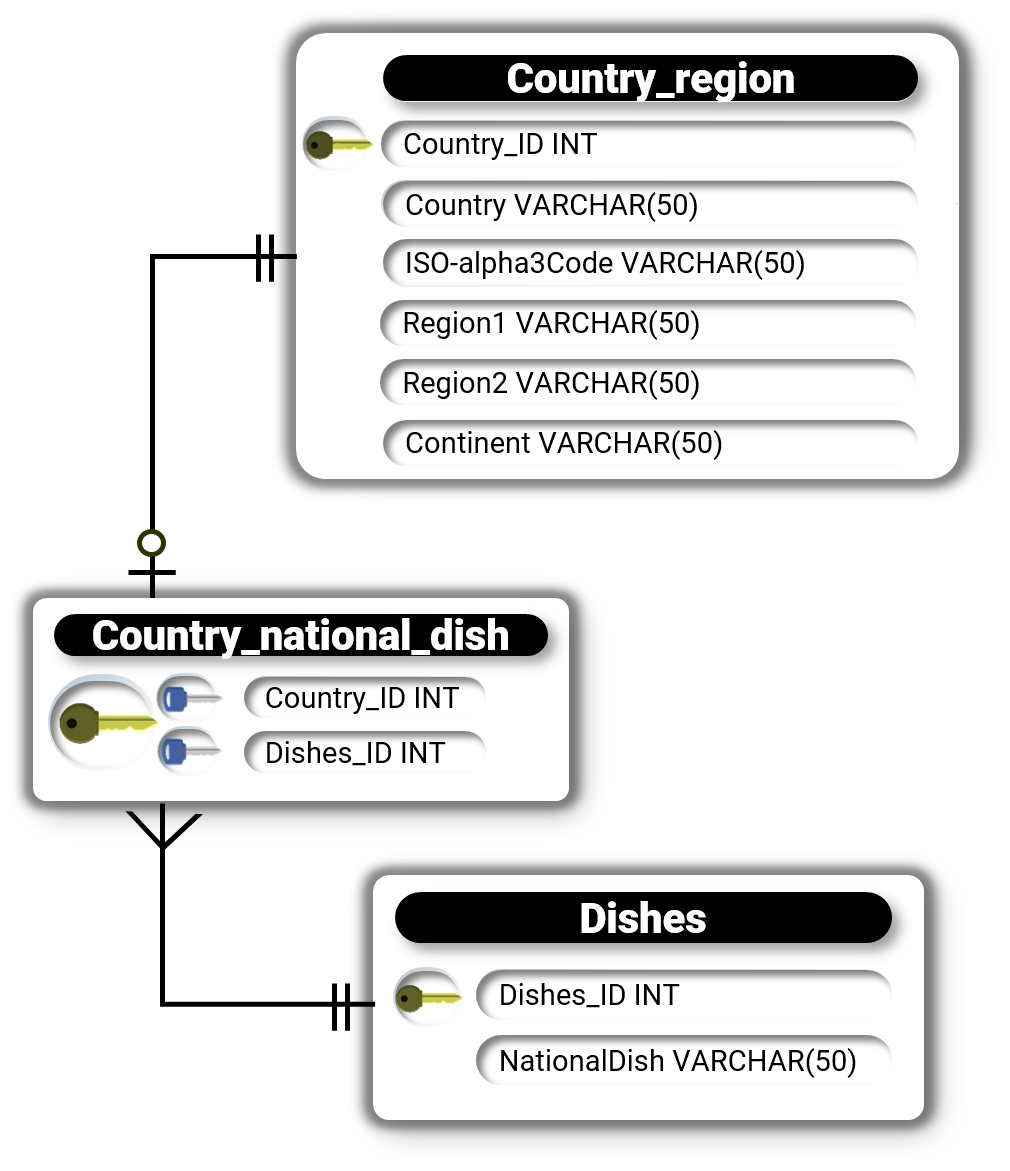
The Country_national_dish table functions as a bridge linking the Country_region and Dishes tables. It's worth mentioning that not every country in the Country_region table has a dish linked to it, and for those that do, only one dish is assigned as per the project scope. Interestingly, some dishes are celebrated as national dishes across various countries.
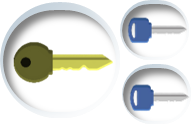
In the Country_national_dish table, the Dishes_ID and Country_ID columns served as foreign keys, and their unique pairing was set as the primary key.
Relationship 3: Dishes, main_contents, ingredients
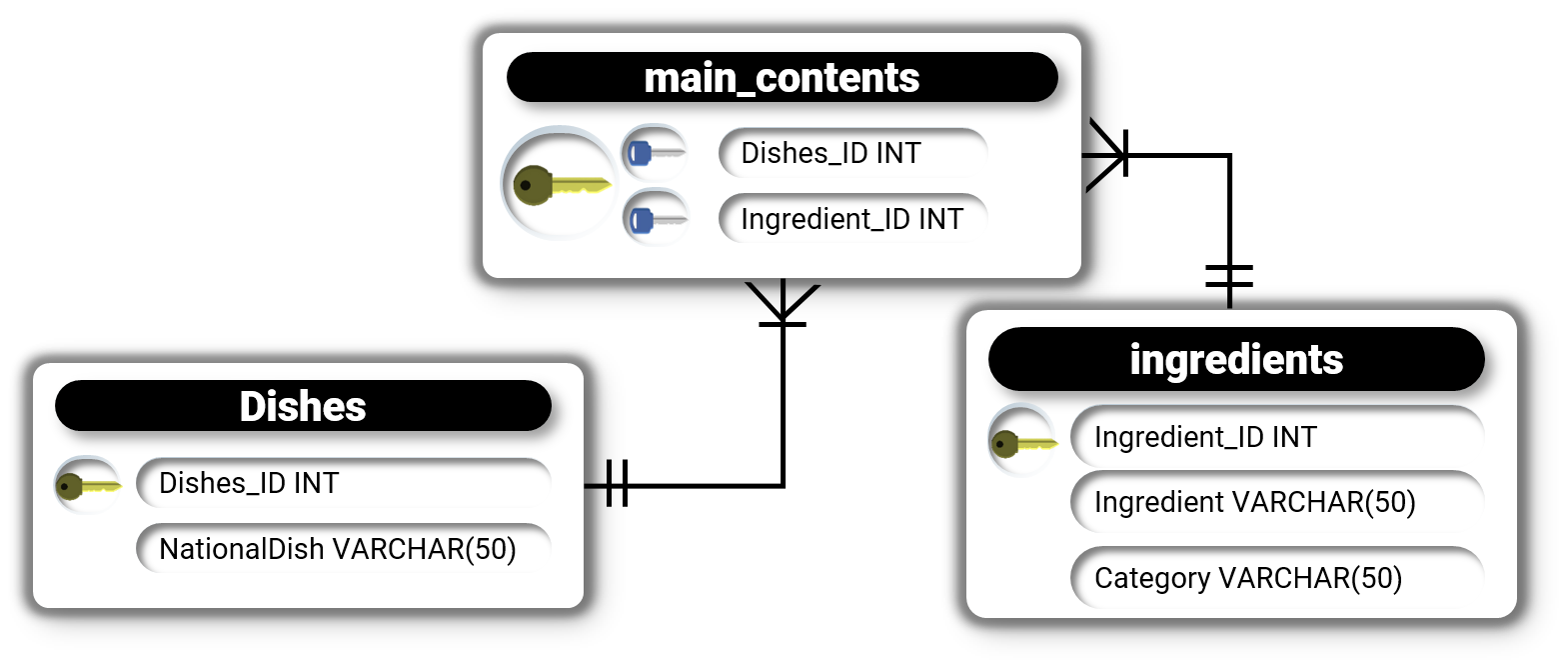
Similar to the previously mentioned relationship, the Main_Contents table acted as the connecting table. Each dish could contain multiple ingredients, and each ingredient could be part of several dishes.
Using MySQL Workbench:
- Designed an Entity relationship diagram (ERD). ERD
- With a click of a button, generated a schema creation script using forward engineering. Script
- Built the database by populating it with the CSV files. DB Build

